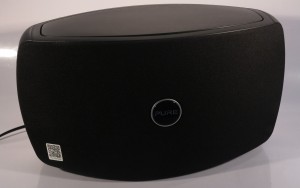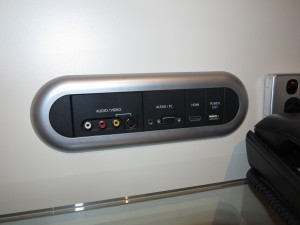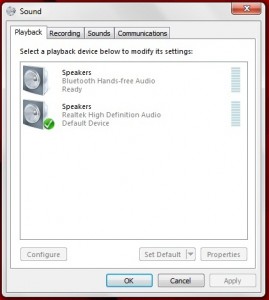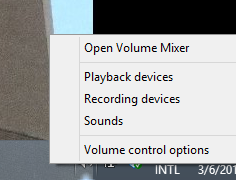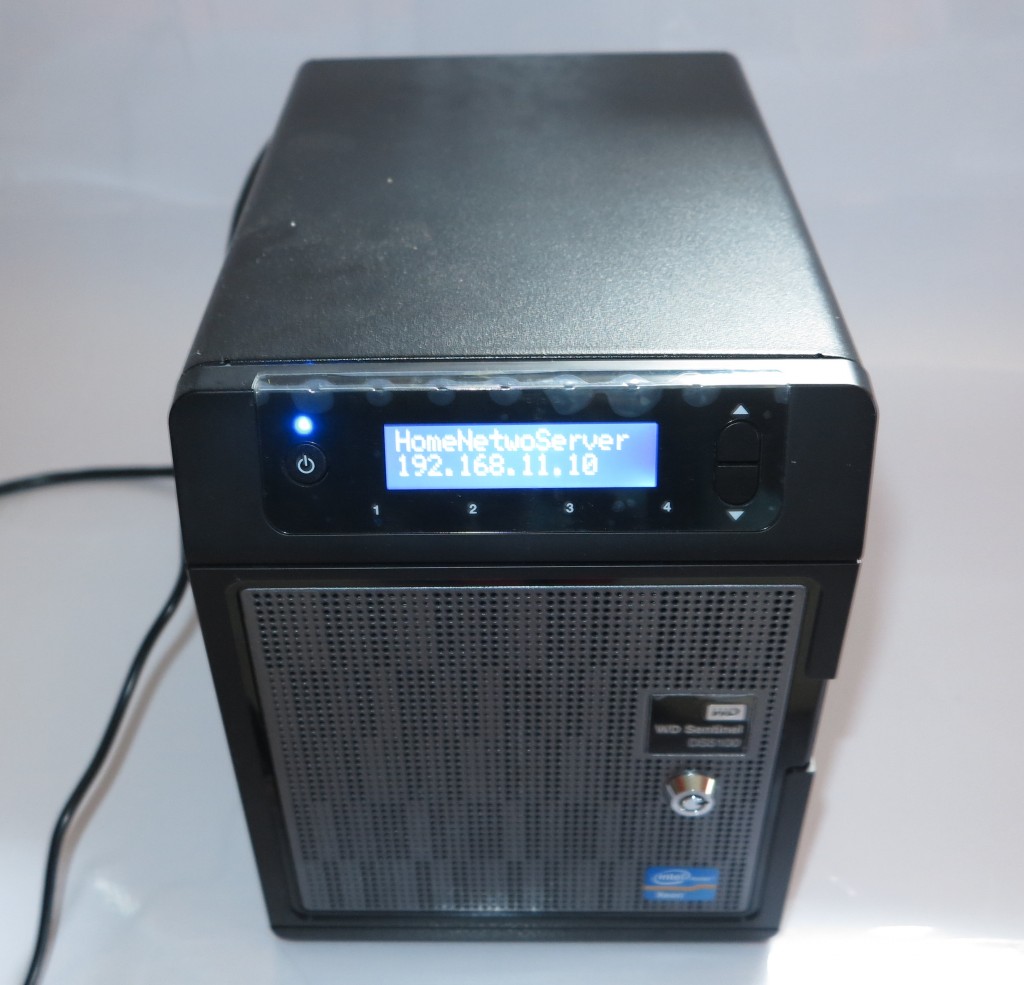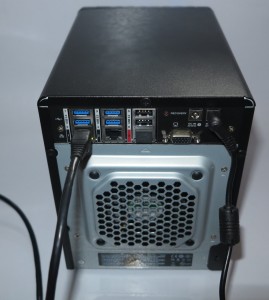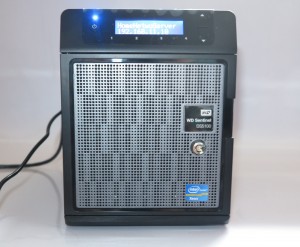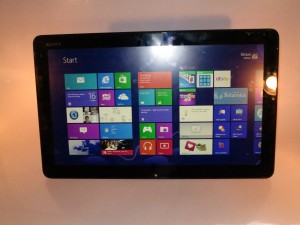Managing multiple sound devices in Windows
A common situation that will face most of us who use Windows or Macintosh regular computers is the issue of dealing with multiple sound-output devices with these computers.
There are examples of this such as:
-
Desktop or laptop with regularly-used sound system (integrated speakers, desktop speakers served by installed sound card or integrated sound subsystem)
- A hi-fi-grade “USB DAC” connected to or integrated in a hi-fi amplifier or home theatre receiver for high-quality sound reproduction.
- Bluetooth speakers, headsets, and audio adaptors or AV equipment that has Integrated Bluetooth A2DP functionality as I have covered in another article.
- A media hub or “jack pack” in a hotel room that works with a flat-screen TV installed there, or a home theatre receiver or flat-screen TV that is connected to the computer via HDMI or DisplayPort
- Virtual-sound-card programs like Airfoil or Jamcast that use network-connected devices as a computer’s sound card.
But you can have problems with these kind of setups. Some programs like Windows Media Player, Skype or some games may allow you to determine the sound-output device they use but you may have to switch the default sound device you are using to suit most programs like Web browsers and Spotify where you can’t determine the sound-output device for the program. A few of the games may allow you to run a headset from a separate sound device for online game chat or voice recognition.
Similarly, a computer’s audio subsystem may have different output or input connections such as a line-out jack or an SP/DIF jack on a good sound card or an integral microphone and an audio-in jack on a laptop’s sound subsystem. These can be listed as separate sound devices depending on the device driver in place.
Microsoft Windows from version 7 onwards allows you to determine two “default sound devices”:
- Default Communications Device, which defines devices you would use for VoIP, video telephony and similar applications
- Default Device, which covers all sound-output needs including music, video, games and system notifications as well as communications sound.
The idea behind this setup is that you could have a device like a mono Bluetooth headset or not-so-good speakers like your laptop’s speakers being used by a softphone application while a pair of good speakers or a hi-fi system is used for music playback or game sound-effects purposes.
It is feasible to determine a device as being a Default Communications Device or Default Device in the context of recording or sound-capture only. This is achieved in the Recording Devices menu when you right-click on the Speaker icon.
Selecting a Default Device in Windows
Windows 8 and 8.1 users will need to use the Desktop view rather than the Modern tiled view to select the Default devices.
- Right-click on the Speaker icon on the Taskbar
- Select Playback Devices
- You will see a list of audio output devices on the screen
- Right-click the device you intend to use and select Default Device or Default Communications Device depending on your needs.
How do you cope with temporary devices?
A temporary device like a Bluetooth headset or HDMI-connected TV is one you wouldn’t be connecting to your computer all the time.
Here, you make your temporary device the “Default Device” when you start using it. What happens when you disconnect the device, whether logically or physically, is that the computer will fall back to the sound subsystem it last used before you connected the temporary device.
Bluetooth devices
A computer will remember all Bluetooth devices that have been paired with it previously but those that aren’t logically connected to the computer are listed as “disconnected” devices.
If you use a Bluetooth device between multiple source devices, you will have to make sure you disconnect it from the existing source device before you logically connect it to your PC. Some source devices like iOS devices may require you to “unpair” the device rather than logically disconnect it. Then, when you want to use that source device with your Bluetooth device, you have to connect it or pair it again.

A Bluetooth headset or other device with A2DP and Hands-Free functionality is represented as two devices
A Bluetooth headset, car Bluetooth subsystem or other Bluetooth with A2DP audio playback and hands-free / communications-headset functionality will be listed as two sound devices – a Headset device which represents its communications functionality and a Headphones device which represents its A2DP music-playback functionality. Here, once you have logically connected the headset, you make the Headset device the Default Communications Device if you just intend to use it as a communications headset for VoIP and similar applications. On the other hand, you make the Headphones in that device the Default Device when you want to play music and other audio content in private and this also makes the Headset in the same physical device the Default Communications Device.
Sony devices with NFC have simplified the process of connecting and disconnecting by allowing you to touch the source device to the output device to connect or disconnect them. But this may only work with computers that have the NFC functionality in them.
To connect a previously-paired Bluetooth device in Windows 8.1
Windows 8.1 has introduced a “connect / disconnect” routine to Bluetooth audio devices so you can properly connect and disconnect these devices without having to go through a pair-up routine.
- Make sure the device is logically disconnected from your phone or other source devices and is paired to your computer or set up your Bluetooth device to work in Multipoint mode.
- Right-click on the Speaker icon in your Desktop
- Select “Playback Devices”
- Right-click on the device you want to connect
- Select “Connect” to connect the device to your system
- Once it says “Connected” under the device’s icon, right-click on the device and select “Default Communications Device” or “Default Device” to suit which of your computer’s sound output will come through that device.
To disconnect a previously-paired Bluetooth device in Windows 8.1
- Right-click on the Speaker icon in your Desktop
- Select “Playback Devices”
- Right-click on the Bluetooth device you are currently using
- Select “Connect” to disconnect the device from your system
What can be done here?
Allowing a user to class certain devices as “temporary” devices or “permanent” devices.
A common situation that can happen here is the use of temporarily-connected devices like Bluetooth headsets, USB DACs or HDMI connections. Here, a user could class these as “temporary” devices and the computer determines them as default audio or communications devices when they are connected.
But when they are disconnected, the computer falls back to its “permanent” devices such as its integrated speakers or regular desktop speakers.
Other “default sound device” classes for audio-video playback, games or system notifications
It could be easier to implement an application-specific “default sound device” for applications beyond communications. Here, it could be feasible to implement an application class for audio-video playback or gaming so that you could make sure that system notification sounds don’t play through the hi-fi speakers for example but you have Spotify playing through those speakers.
A Tile or Charm on the Modern view for selecting sound output devices.
The Windows 8 Modern view a.k.a. Metro view could benefit with an option directly selectable from that interface for managing the sound devices. This could be in the form of a Modern-View app downloadable from the Windows Store that puts up a dashboard for managing your sound input and output devices.


